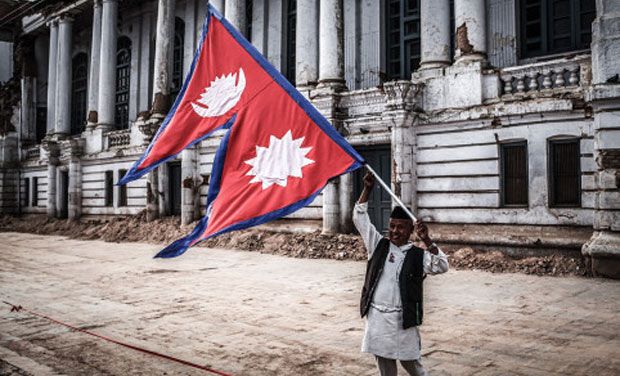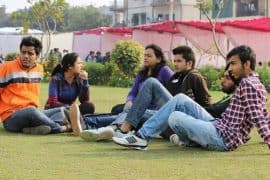It is on observing the turmoil in Nepal that one thanks the architects of the Indian constitution for their foresight and meticulous thought. The transition from an absolute monarchy, to a nominal one, and eventually to a democracy has not been a smooth ride for Nepal, with blood being shed along the way. Nepal’s 7th constitution in 67 years was promulgated by President Ram Baran Yadav on 20th September amidst much dissent.
Cause for dissent
The constitution of a country lays down the principles on the basis of which the nation is governed, spells out the rights and duties of its people and the safeguards against them. In a country with vast and varied diversities amongst its people, the constitution must provide for the coexistence of all pluralities. Though the constitution of Nepal celebrates the country’s transition to a secular, democratic republic from a Hindu monarchy, certain sections of the society have been alienated. Madhesis (those living in the Terai region bordering India) and Janjatis (the indigenous, tribal people) are protesting against what they claim is the arbitrary demarcation of provinces within the new federal system that divides the country into seven provinces. The Madhesis and Janjatis have also predominantly acquired citizenship through naturalization, which disqualifies them from holding positions of the head of state, head of government and constitutional bodies. Only citizens by descent are permitted to hold such posts and this is considered to be discriminatory.
What is India’s take on the new Constitution?
India sees the new constitution as being unrepresentative of large sections of the population, that is, Madhesis and Janjatis. Besides, the violent protests of these groups have led to chaos along the open border that India shares with Nepal. This instability is a cause for concern on both sides of the border. However, Nepal’s retort is that their constitution is more considerate of minorities than India’s, since it guarantees 33 percent reservation for women.
Nepal must look inwards and make amendments suitable to that of a regionally diverse, nascent democracy that is arising in domestic and global circumstances. Ones that are drastically different from that of the rise of the Indian democracy. Nepal is a sovereign nation, but where India’s interests and stability are threatened, India must make a point.
The shelf life of a constitution that a large proportion of the population does not agree with can be questioned. A nation ceases to be a democracy if its people do not identify with its constitution. Imposing it by force destroys the very spirit of a democratic republic. Will Nepal see the creation of a third Constituent Assembly in 67 years?
Image credits: www.decchanchronicle.com
Abhinaya Harigovind





Comments are closed.